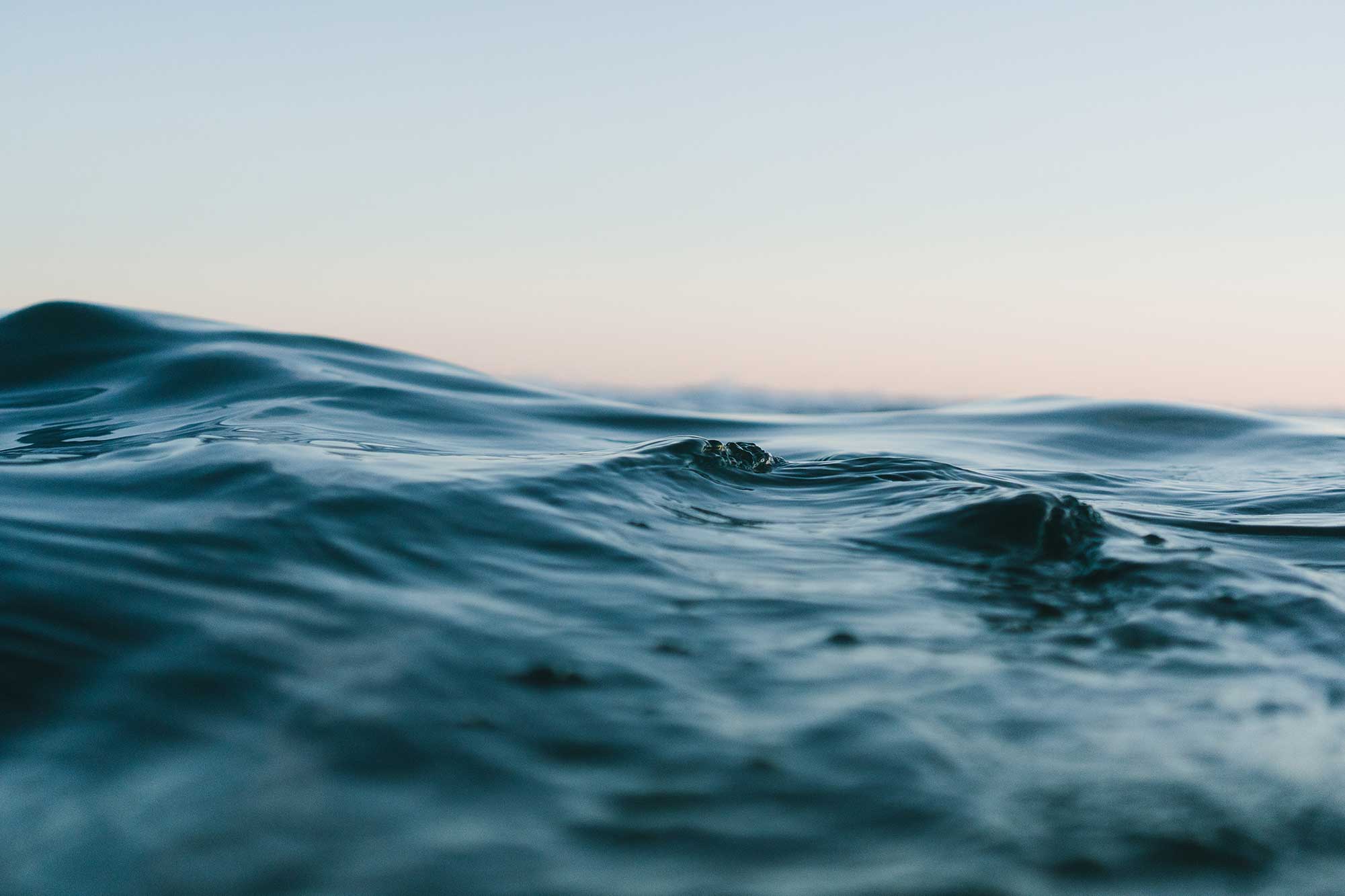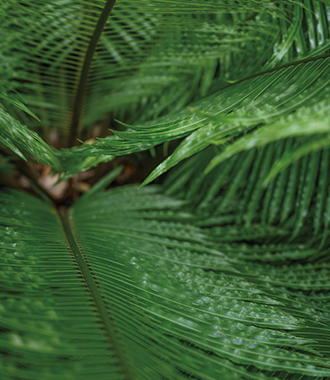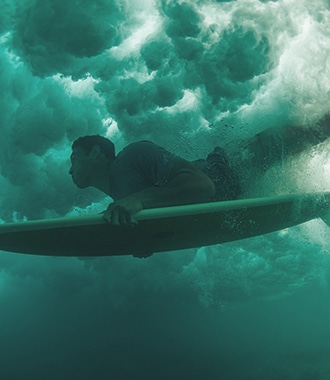Earth Day: Don’t Torch the Reef

It’s a beautiful morning at O‘ahu’s popular snorkel and dive locale, Hanauma Bay. The sun is out, the trade winds are light, and billowy white clouds dissipate before they reach the coastline. People from all over the world have staked out towel-sized rectangles on the sand and are enjoying one of O‘ahu’s most scenic stretches of coastline. Most of the beachgoers are appropriately wearing a coat of sunscreen to protect themselves from the sun’s harmful rays. And while those wearing a common type of sunscreen are indeed shielding themselves from the UV, they’re also inadvertently contributing to an environmentally devastating activity known as coral bleaching.
It’s estimated that nearly 2,600 people visit Hanauma Bay daily, most layered in a coat of sunscreen of that sunscreen washes off and dissipates into the water, leaving high concentrations of dangerous chemicals that have been scientifically found to be harmful to coral reefs and the fish that live in our fragile marine ecosystems. Overall, it’s estimated that 14,000 tons of sunscreen enters the world’s marine waters every year.
It’s a beautiful morning at O‘ahu’s popular snorkel and dive locale, Hanauma Bay. The sun is out, the trade winds are light, and billowy white clouds dissipate before they reach the coastline. People from all over the world have staked out towel-sized rectangles on the sand and are enjoying one of O‘ahu’s most scenic stretches of coastline. Most of the beachgoers are appropriately wearing a coat of sunscreen to protect themselves from the sun’s harmful rays. And while those wearing a common type of sunscreen are indeed shielding themselves from the UV, they’re also inadvertently contributing to an environmentally devastating activity known as coral bleaching.
It’s estimated that nearly 2,600 people visit Hanauma Bay daily, most layered in a coat of sunscreen of that sunscreen washes off and dissipates into the water, leaving high concentrations of dangerous chemicals that have been scientifically found to be harmful to coral reefs and the fish that live in our fragile marine ecosystems. Overall, it’s estimated that 14,000 tons of sunscreen enters the world’s marine waters every year.
So, what sunscreens are safe for coral reefs and you? Look for non-toxic, mineral-based sunscreens containing natural elements like zinc oxide and titanium dioxide that offer different mechanisms of sun protection. At Salvage Public, located in South Shore Market, you’ll find that they’ve taken a progressive approach to supporting the planet and saving the reef. “We’ve been working on being a more sustainable brand in the textiles that we products that we carry like reef-safe sunscreens,” says Joe Serrao, one of the brand’s founders. “Being avid ocean-goers, we want to ensure that we’re taking action towards protecting the reefs we love so much.”
Find reef-friendly sunscreen at these Ward Village shops:
- Patagonia at Ward Gateway Shops
- T&C Surf Designs at Ward Centre
- Holoholo Market at South Shore Market
- Salvage Public at South Shore Market






